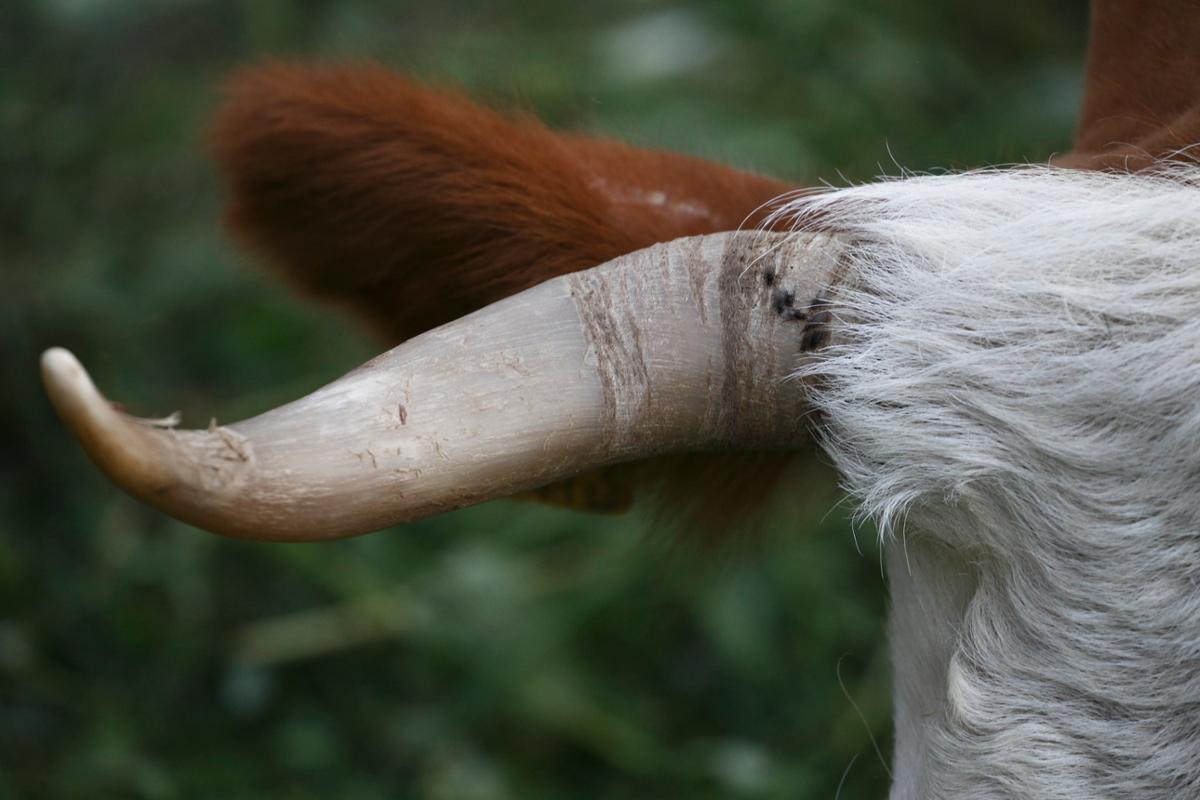Y: Today's Moment of Science is all about animal headgear.
D: That's right; we're talking about horns and antlers.
Y: And how to tell them apart!
D: Horns and antlers have some important things in common. They both grow from an animal's forehead, and are used to assert dominance, provide defense, and attract mates.
Y: It can be easy to mix them up. But today we're going to give you some simple ways to remember which is which.
D: Here we go!
Y: First of all, look is important. Horns look like daggers, sometimes twisted into exotic shapes.
D: Antlers look like branches, with multiple points.
Y: Second, different types of animals sport different types of headgear. Horns belong to the bovids--animals such as sheep, goats, cows, and bison.
D: Antlers belong to the cervids. That includes all deer, elk, moose, and caribou (or reindeer).
Y: Number three: horns are made of keratin just like your fingernails, which means that they grow throughout an animal's whole life and never fall off.
D: Antlers, on the other hand, are made of bone. They fall off every year in winter or early spring, and a whole new set grows in time for mating season in the fall.
Y: Which brings us to our last big difference. Horns, you see, usually grow on both the male and female members of a species...
D: ...While antlers belong almost exclusively to the boys. Female caribou are the only exception, and their antlers are pretty small.
Y: So there you have it! Horns versus antlers. Just remember: Daggers...
D: ...versus branches.
Y: Bovids...
D: ...versus Cervids.
Y: Keratin...
D: ...versus bone.
Y: Both sexes...
D: ...versus just the guys!
Y: You'll never mix them up again!










